How to Photograph Local People with Sensitivity and Respect
Photographing local people with sensitivity and respect is a crucial aspect of capturing authentic and meaningful images that honor the individuals and their cultures. It goes beyond just taking pictures; it involves understanding, connecting, and portraying the essence of the community in a respectful manner.
When embarking on a photography journey that involves local people, it is essential to approach the task with a mindset of cultural awareness and empathy. By immersing yourself in the local culture and traditions, you can gain valuable insights that will not only enhance your photographs but also show your respect for the community.
One of the key elements in photographing local people respectfully is building relationships and trust. Taking the time to connect with the individuals, understand their stories, and earn their trust can result in more genuine and intimate photographs that truly reflect the spirit of the community.
Respecting privacy and obtaining consent are non-negotiable aspects of ethical photography. Always seek permission before taking someone's photograph, respect their boundaries, and ensure that their dignity is preserved throughout the process. It is essential to prioritize the comfort and well-being of the individuals you are photographing.
Choosing the right approach in photography can make a significant difference in how local people are portrayed. By exploring various styles and techniques, you can find creative ways to capture the beauty, diversity, and uniqueness of the individuals and their surroundings while avoiding clichés and stereotypes.
Lighting and composition play a vital role in highlighting the authenticity and beauty of local people in your photographs. Utilize natural light, adjust your camera settings accordingly, and compose your shots thoughtfully to showcase the subjects in the best possible light while maintaining the integrity of the moment.
When it comes to editing and post-processing images of local people, it is essential to do so ethically and responsibly. Enhance the features of your subjects while staying true to the original scene, avoiding excessive alterations that may distort reality or misrepresent the individuals you have photographed.
Sharing and using the images you capture of local people should be done with utmost responsibility and respect. Consider the impact of your photographs, seek permission before sharing them publicly, and always aim to portray the community in a positive and empowering light, contributing to a more inclusive representation of diverse cultures.
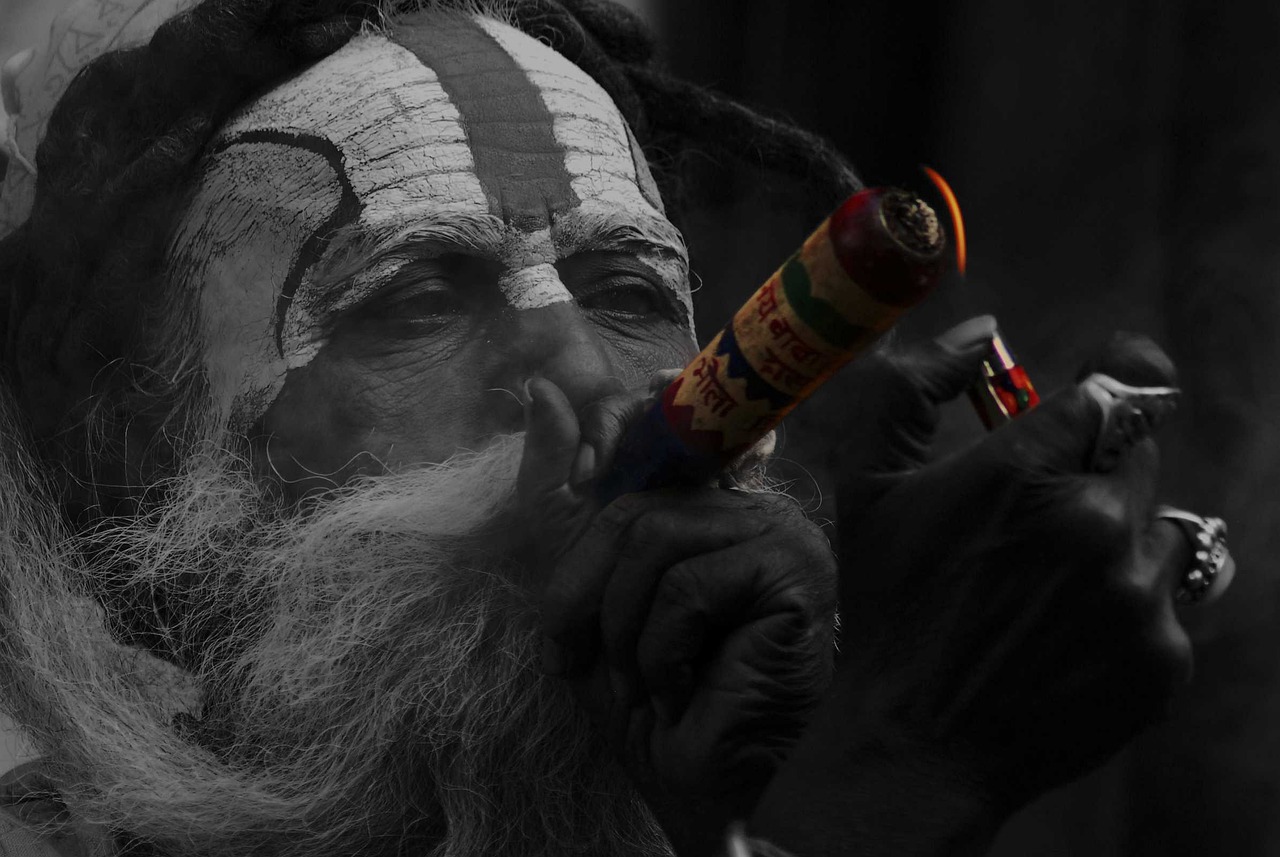
Understanding Cultural Sensitivities
Understanding cultural sensitivities is crucial for photographers aiming to capture images of local people respectfully and in a culturally sensitive manner. It involves delving deep into the traditions, norms, and values of the community being photographed. By immersing oneself in the local culture, photographers can gain a better understanding of what is considered appropriate and respectful when taking photographs.
Researching the cultural sensitivities of the local community is not only a sign of respect but also a way to avoid inadvertently causing offense. Different cultures have varying beliefs and practices regarding photography, privacy, and personal space. By educating oneself on these aspects, photographers can navigate potential pitfalls and ensure that their work is received positively by the community.
Furthermore, understanding cultural sensitivities goes beyond surface-level knowledge. It involves recognizing the historical context, social dynamics, and power structures at play within the community. By acknowledging these factors, photographers can approach their subjects with empathy and awareness, fostering a more meaningful connection during the photography process.
In essence, cultural sensitivities serve as a compass guiding photographers towards creating images that not only showcase the beauty of local people but also honor their traditions and values. By embracing these sensitivities, photographers can capture authentic and respectful portrayals that resonate with both the subjects and the viewers.
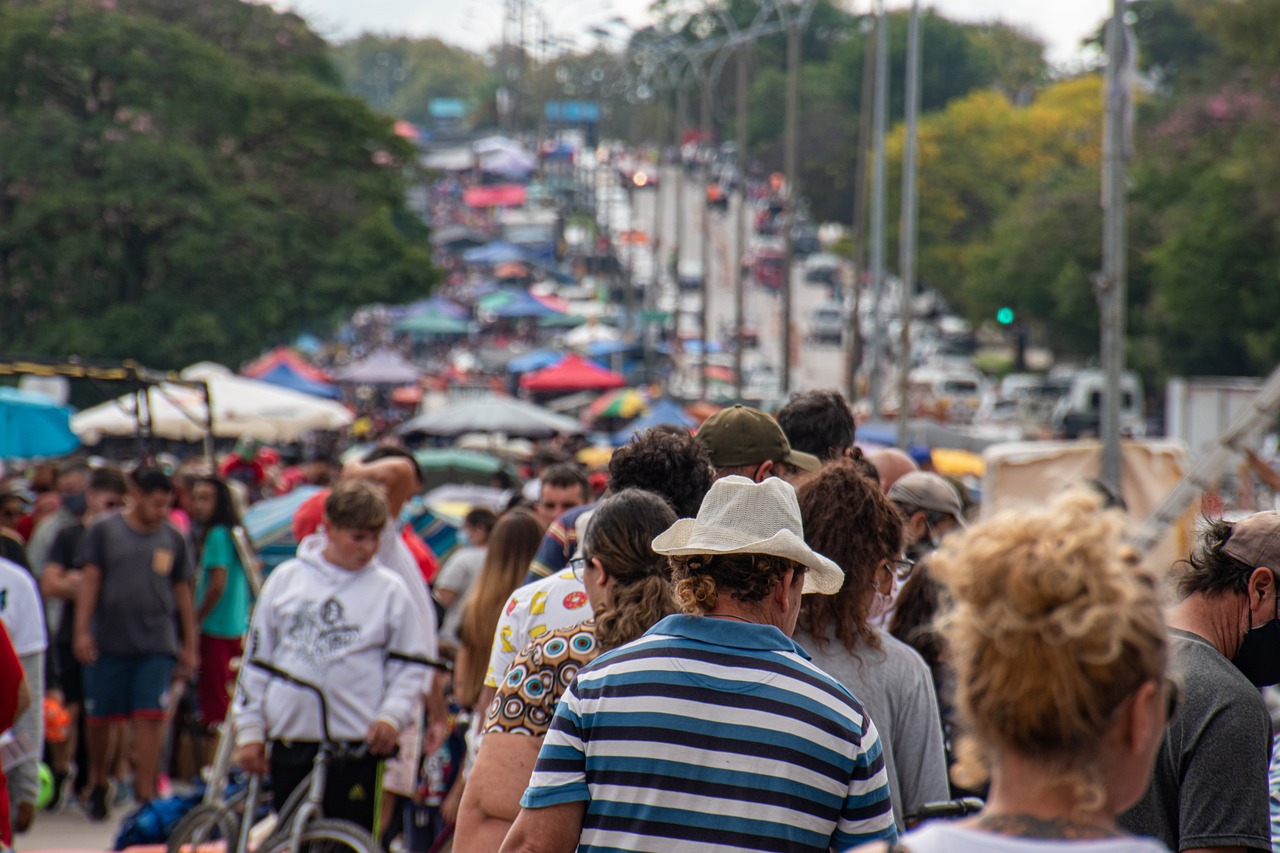
Building Relationships and Trust
Photographing local people in a respectful and culturally sensitive manner requires more than just technical skills; it demands a deep understanding of the community's norms and traditions. Before aiming your camera lens at individuals, take the time to immerse yourself in the local culture. Researching and comprehending the cultural sensitivities will not only help you capture better images but also demonstrate your respect for the community.
Building genuine relationships and establishing trust with the local people is paramount to ensure that your photography sessions are comfortable and authentic. Remember, you are not just capturing images; you are telling their stories. Take the time to engage with the community, learn about their lives, and show genuine interest in their culture. By building trust, you create a safe space where individuals can express themselves naturally in front of your camera.
Furthermore, respecting the boundaries and privacy of the people you photograph is crucial. Always seek consent before taking pictures, especially if you plan to use them for professional purposes. Respect their decisions if they decline, and always prioritize the dignity and well-being of the individuals you are capturing.
Approach each photography session with empathy and an open mind. Listen to the stories shared by the locals, understand their perspectives, and let their narratives guide your photography. Remember, your goal is not just to take pictures but to create a visual representation of their lives and experiences.
Consider collaborating with local guides or community leaders who can help facilitate introductions and interactions. By involving community members in the process, you not only show respect for their knowledge and expertise but also gain valuable insights that can enhance the authenticity of your photographs.
Ultimately, building relationships and trust with local people is a continuous process that requires patience, empathy, and genuine interest in their well-being. By approaching your photography with sensitivity and respect, you can create powerful and meaningful images that honor the diversity and richness of local cultures.
If you have any questions or concerns about photographing local people with sensitivity and respect, refer to the following frequently asked questions:
- How can I ensure that my photography sessions are culturally sensitive?
- What should I do if someone refuses to be photographed?
- How can I ethically use the images I capture of local people?
- What steps can I take to build trust and relationships with the community?
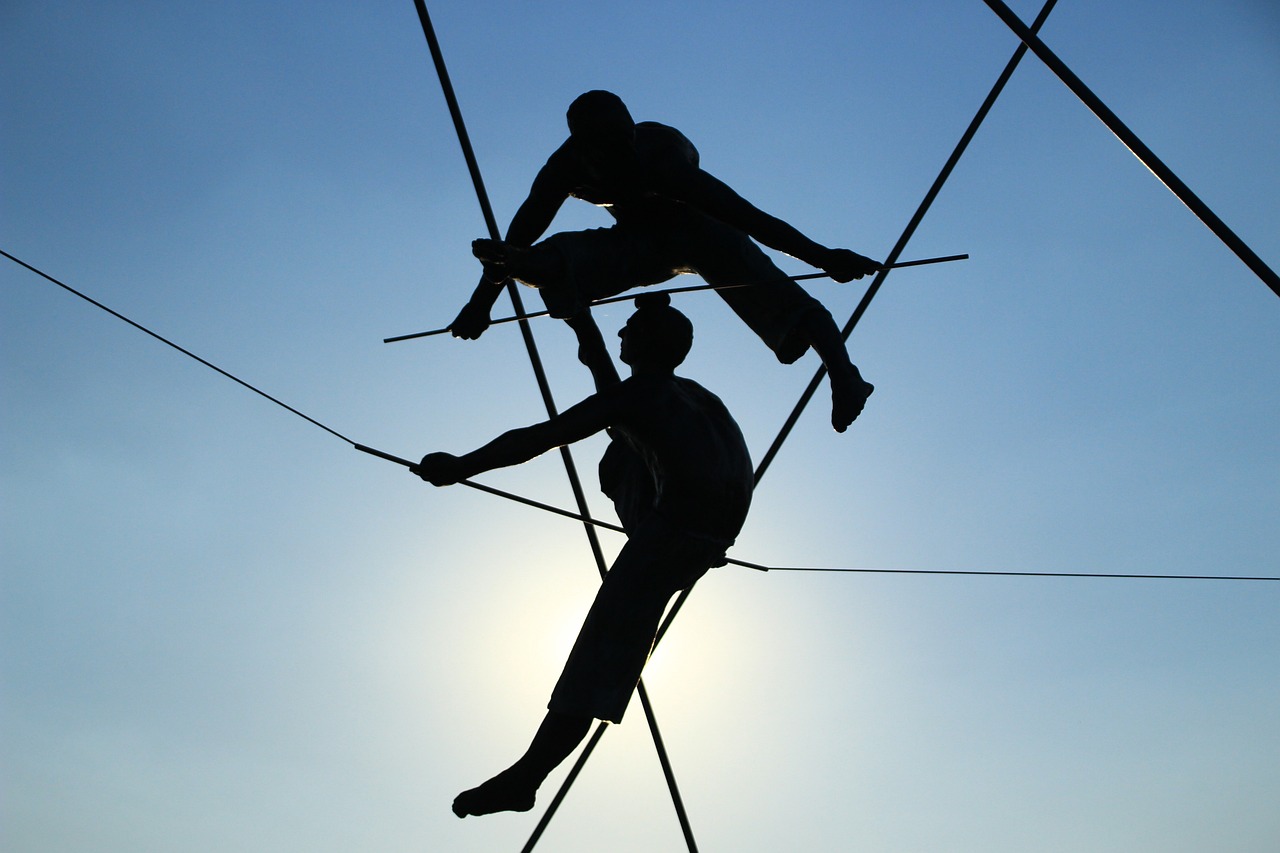
Respecting Privacy and Consent
Respecting privacy and obtaining consent are crucial aspects when photographing local people. It is essential to approach the process with sensitivity and respect for the individuals being photographed. Before capturing any images, it is important to establish clear boundaries and obtain consent from the subjects. This not only ensures the dignity of the individuals but also builds trust between the photographer and the local community.
When photographing local people, it is vital to respect their privacy and personal space. Always ask for permission before taking a photo, especially in intimate or personal settings. Be mindful of cultural sensitivities and avoid intruding on private moments. Respecting the boundaries set by the individuals being photographed is key to creating authentic and respectful images.
Consent plays a significant role in the ethical practice of photography. It is essential to communicate openly with the subjects and explain how the photos will be used. Ensure that the individuals understand and agree to the purpose of the photographs before proceeding. Respecting their right to consent empowers the local people and fosters a positive relationship between the photographer and the community.
In some cases, it may be necessary to use model release forms to formalize the consent process. These forms outline the intended use of the photographs and provide legal protection for both the photographer and the subjects. By obtaining written consent, photographers can ensure transparency and accountability in their work while upholding the rights and privacy of the individuals being photographed.
Additionally, it is important to be mindful of the context in which the photos will be shared or used. Always consider the implications of publishing or displaying images of local people and their communities. Respect their cultural values and avoid misrepresenting or stereotyping the individuals in the photographs. By approaching photography with sensitivity and consent, photographers can create meaningful and impactful visual narratives that honor the diversity and authenticity of local cultures.
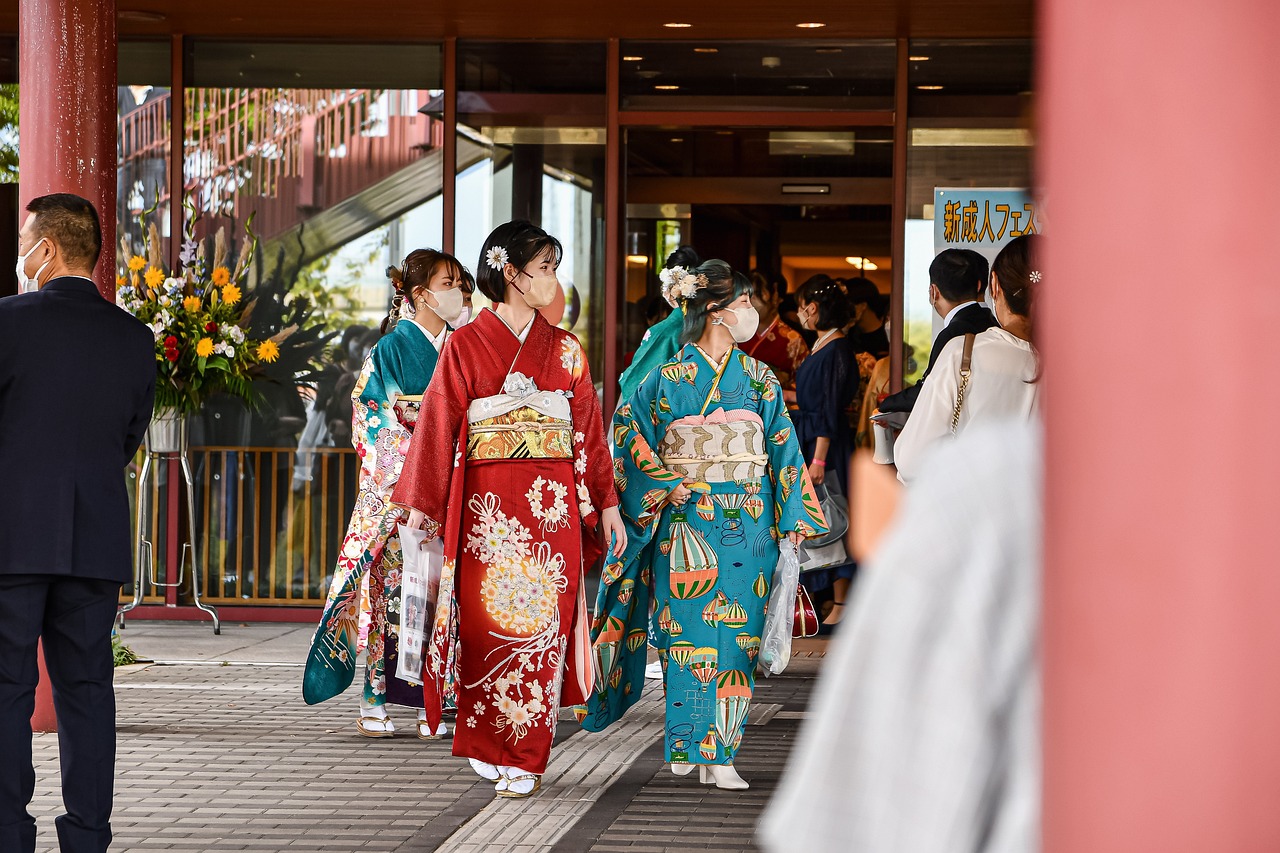
Choosing the Right Approach
When it comes to photographing local people with sensitivity and respect, choosing the right approach is crucial. It's not just about pointing and shooting; it's about understanding the context, the people, and the environment you are capturing. One important aspect is to immerse yourself in the culture before even lifting your camera. Take the time to observe, listen, and learn about the community you are documenting.
Engaging with the locals is another key element in selecting the right approach. Building rapport and establishing a connection with the people you are photographing can make a significant difference in the authenticity of your images. By interacting with them, you can gain their trust and capture genuine moments that reflect their true essence.
Respecting boundaries and traditions is paramount when choosing your approach. Be mindful of cultural norms, practices, and sensitivities. Avoid imposing your own beliefs or values and instead, adapt to the customs of the community. This not only shows respect but also ensures that your photography is received positively.
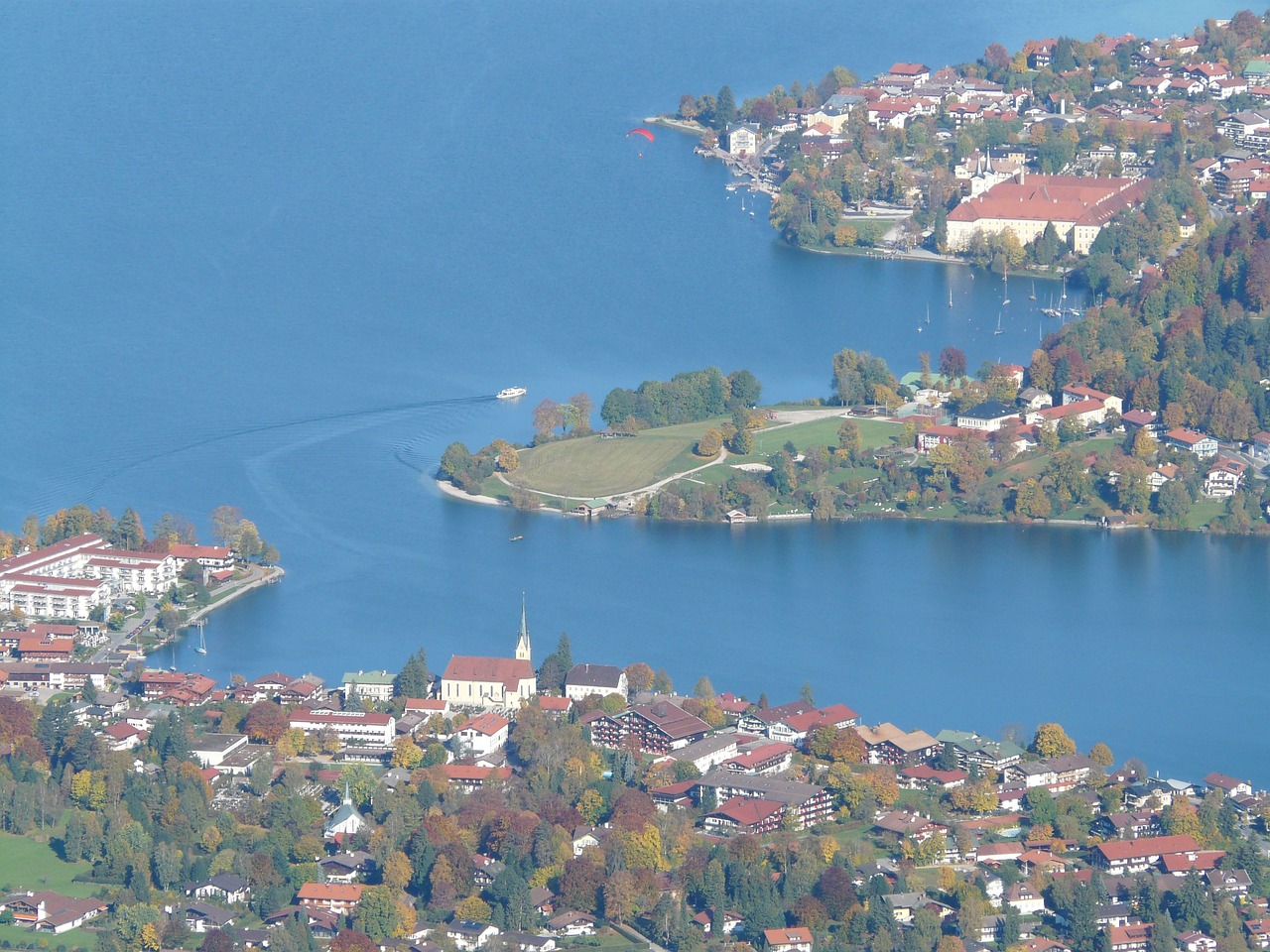
Emphasizing Diversity and Representation
When it comes to photographing local people, one of the key aspects to consider is emphasizing diversity and representation. This involves showcasing the varied cultures, traditions, and individuals within a community in a way that is authentic and respectful. By highlighting the unique features and characteristics of each person, photographers can contribute to a more inclusive and accurate portrayal of local communities.
Photography has the power to challenge stereotypes and misconceptions by capturing the true essence of individuals from different backgrounds. It is essential to approach each photography session with an open mind and a genuine interest in representing the diversity present within the local population. This not only enriches the visual narrative but also promotes a deeper understanding and appreciation of various cultures.
One effective way to emphasize diversity and representation in photography is by incorporating elements of traditional attire, customs, and practices into the images. By doing so, photographers can create visual stories that celebrate the unique identity of each individual while also highlighting the interconnectedness of different cultural groups.
Furthermore, it is crucial to avoid falling into the trap of perpetuating stereotypes or misrepresentations in photography. Instead, photographers should strive to capture the multifaceted nature of local communities, showcasing their strengths, resilience, and beauty in a way that is empowering and dignified.
By embracing diversity and representation in photography, photographers can play a significant role in promoting social cohesion, understanding, and acceptance. Through their lens, they have the opportunity to amplify marginalized voices, challenge preconceived notions, and foster a more inclusive society where every individual feels seen, valued, and respected.

Lighting and Composition Tips
When it comes to capturing compelling images of local people, mastering lighting and composition is essential. The way light falls on your subjects can dramatically impact the mood and quality of your photographs. Natural light is often the best choice for showcasing the authenticity and beauty of local individuals. Consider the time of day and the direction of light to create flattering and engaging portraits.
Additionally, understanding composition techniques can elevate your photographs to a whole new level. Framing your subjects creatively within the shot can draw the viewer's eye to the focal point and tell a powerful story. Experiment with different angles, perspectives, and framing to add depth and interest to your images.
One effective technique is the rule of thirds, where you divide your frame into a grid of nine equal sections and place your subject off-center at the intersection points. This simple yet powerful rule can create a sense of balance and visual interest in your photographs.
Furthermore, paying attention to the background of your shots is crucial. A cluttered or distracting background can take away from the impact of your subject. Look for clean, unobtrusive backgrounds that complement and enhance the person you are photographing.
Lastly, don't be afraid to experiment with different lighting setups and compositions. Photography is an art form, and there are no strict rules to follow. Trust your creative instincts and allow yourself to explore various techniques to capture the essence and spirit of the local people you are photographing.
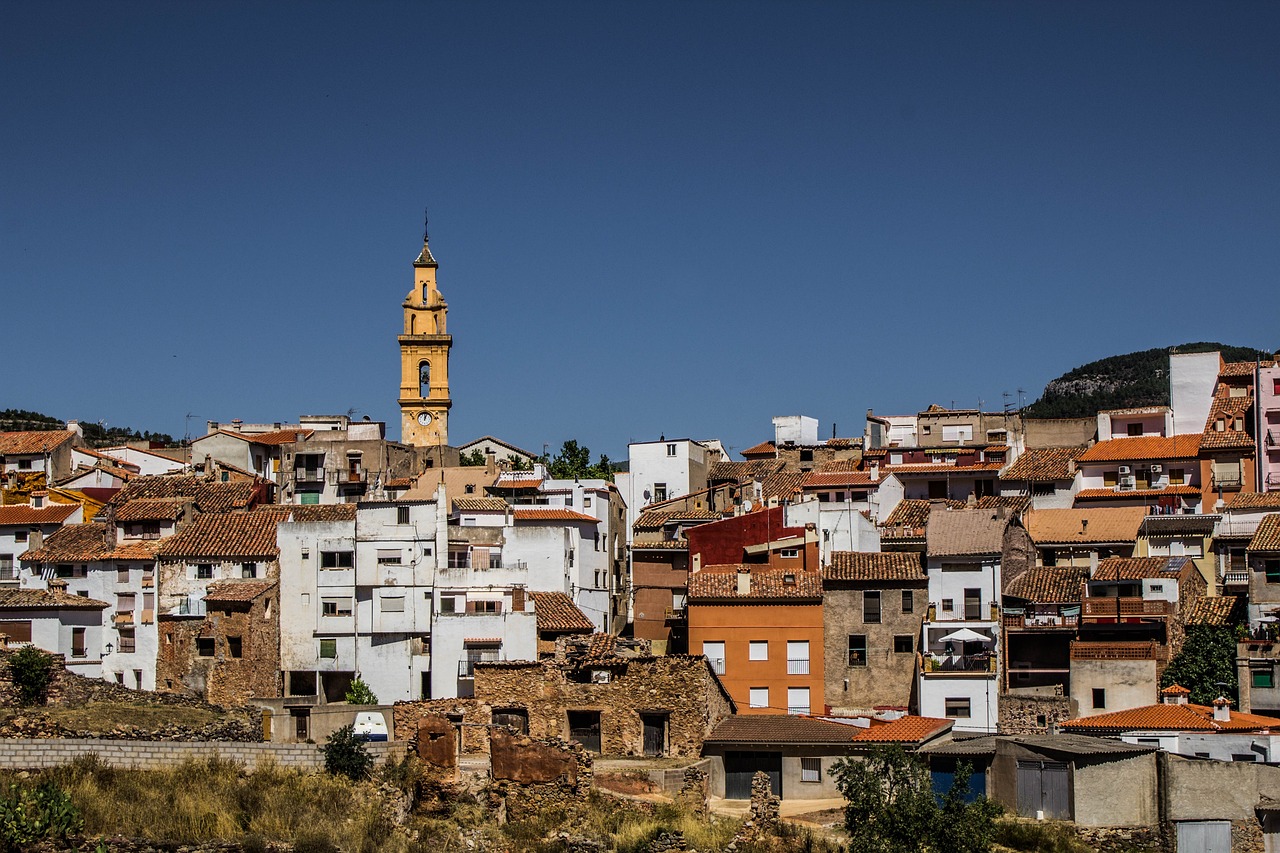
Editing and Post-Processing Considerations
When it comes to editing and post-processing images of local people, it's crucial to approach this task with sensitivity and respect. The editing process should aim to enhance the features of the individuals in the photograph while maintaining the authenticity and truthfulness of the image.
One important consideration is to avoid over-editing or altering the appearance of the local people in a way that misrepresents them. It's essential to preserve the natural beauty and characteristics of the individuals while making subtle enhancements to the overall quality of the image.
Utilizing editing tools to adjust lighting, contrast, and colors can help bring out the best in the photograph without compromising the integrity of the subjects. It's important to strike a balance between enhancing the visual appeal of the image and preserving the genuine essence of the local people.
Another key aspect to keep in mind is to be mindful of cultural sensitivities and norms when editing images of local people. Avoid applying filters or effects that may be considered disrespectful or inappropriate within the cultural context of the community you are photographing.
Transparency in the editing process is also essential. If significant alterations are made to an image, it's important to disclose this information when sharing or publishing the photograph. Maintaining honesty and integrity in the post-processing stage is crucial for building trust with both the subjects and the audience.
Ultimately, the goal of editing and post-processing images of local people is to present them in a way that honors their identity and story. By approaching this task with care and consideration, photographers can create powerful and respectful representations that celebrate the beauty and diversity of different cultures.
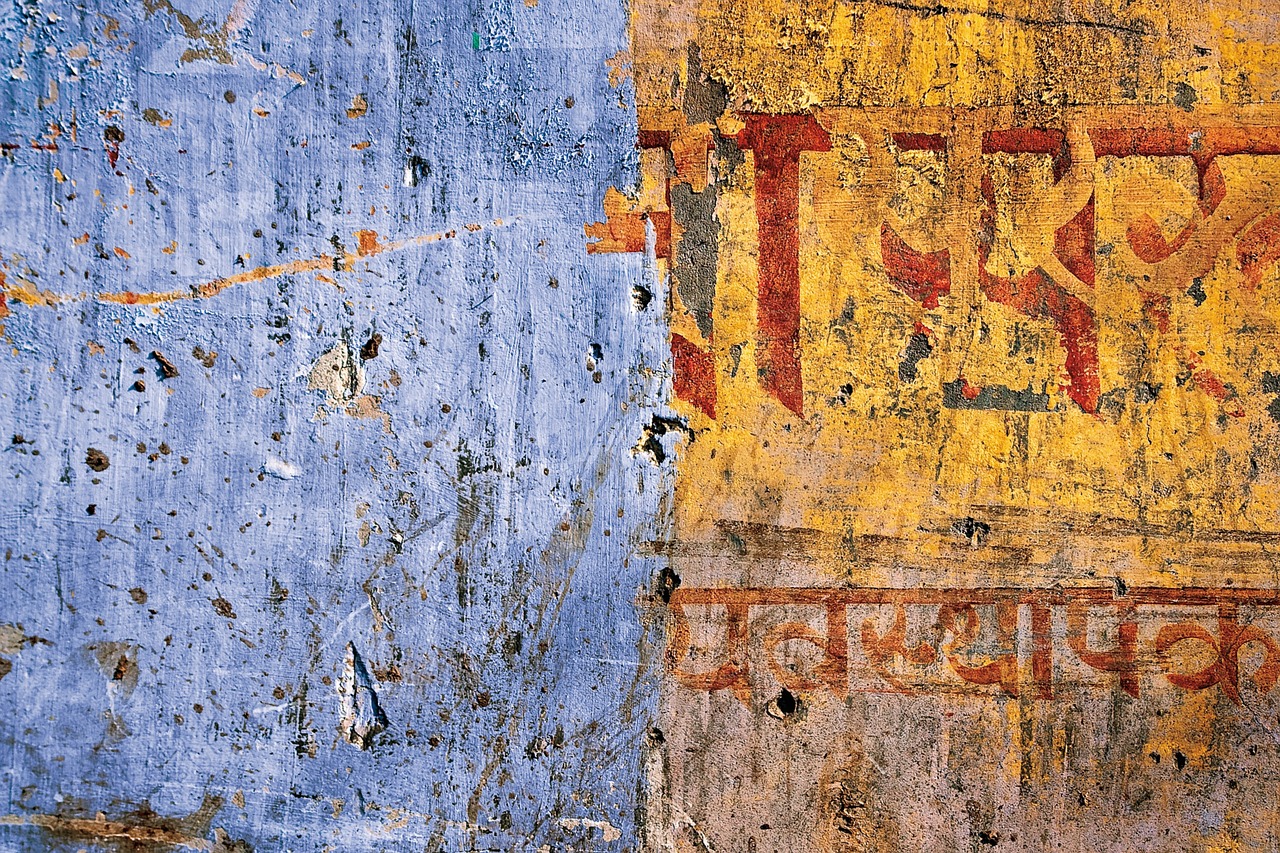
Sharing and Using the Images Responsibly
When it comes to sharing and using the images captured of local people, responsibility and respect should always be at the forefront. It is essential to consider the impact and implications of these photographs on the individuals and the community as a whole. By following ethical guidelines and best practices, photographers can ensure that the images are shared and used in a responsible and respectful manner.
One important aspect to consider is the consent of the individuals being photographed. Before sharing or using any images, it is crucial to obtain explicit consent from the subjects. This not only respects their privacy but also empowers them to have control over how their images are being used.
Additionally, it is vital to accurately represent the local people and their culture in the images. Avoiding stereotypes and misrepresentations is key to showcasing the diversity and richness of the community in a truthful manner. Each image should aim to capture the authenticity and beauty of the local culture without distorting or sensationalizing it.
Photographers should also be mindful of the context in which the images are shared and used. Consider the intended audience and purpose of the photographs to ensure that they are being used appropriately. Respect the dignity and integrity of the individuals in the images by refraining from any exploitative or sensational use.
When sharing the images, provide credit to the individuals whenever possible. Acknowledging the people in the photographs not only gives them recognition but also reinforces the connection between the viewer and the subject. This simple act can go a long way in honoring the individuals and their stories.
Lastly, always be transparent about how the images will be used. Whether it is for personal, educational, or commercial purposes, clearly communicate the intentions behind sharing and using the photographs. Open and honest communication can help build trust with the local community and foster positive relationships.
Frequently Asked Questions
- How can I ensure that my photographs of local people are culturally sensitive?
To ensure cultural sensitivity in your photographs, it is crucial to research and understand the cultural norms and traditions of the local community. Building relationships with the local people, seeking consent, and respecting their privacy are also key factors in capturing images respectfully.
- What are some tips for establishing trust with local communities when taking photographs?
Building trust with local communities involves being respectful, approachable, and transparent about your intentions. Engaging with community members, listening to their stories, and involving them in the photography process can help establish a positive rapport.
- How can I showcase diversity in local cultures through photography without falling into stereotypes?
To showcase diversity authentically, focus on capturing the unique aspects of each individual and community. Avoid clichés and generalizations, and instead highlight the richness and complexity of local cultures through your images.
- What are some ethical considerations when editing images of local people?
When editing images of local people, it is essential to maintain the integrity and truthfulness of the photograph. Avoid excessive retouching that alters the individual's features or misrepresents reality. Enhance the image while preserving the authenticity of the subject.


















